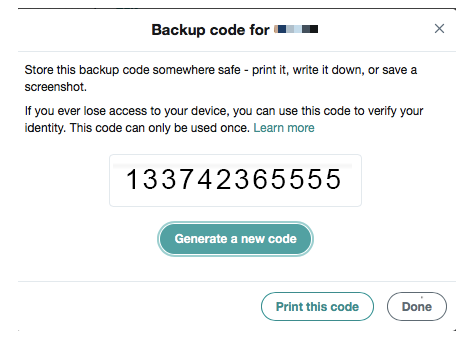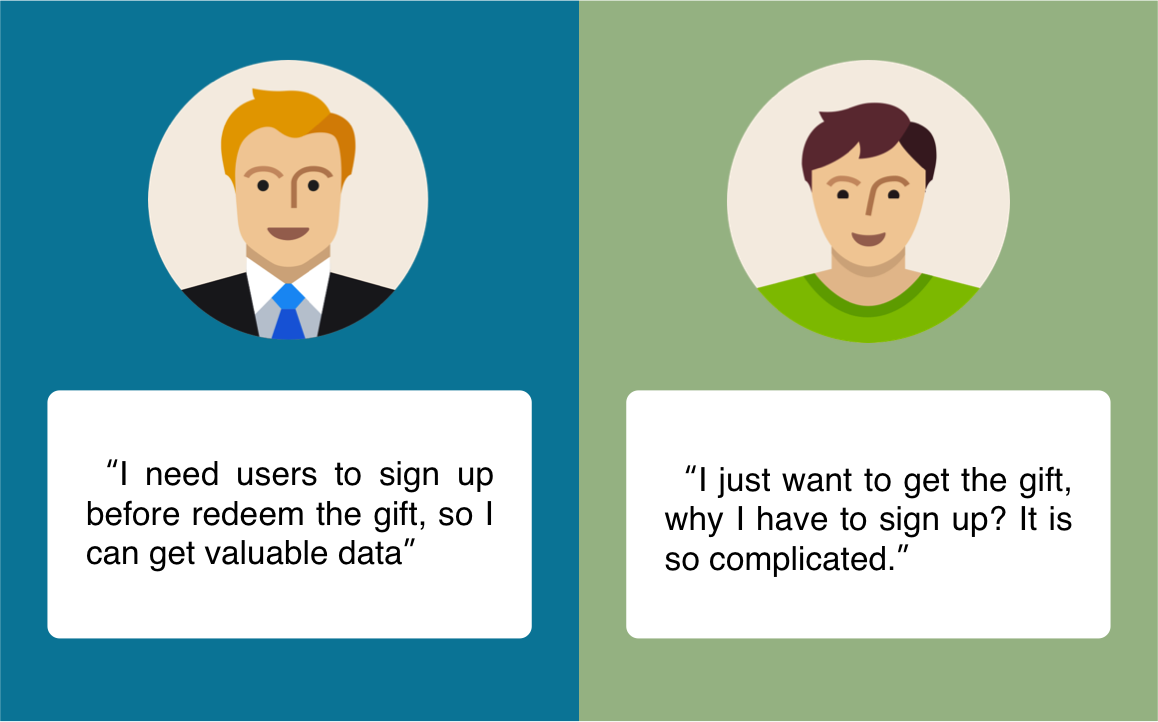The first step for encouraging people to sign up for email newsletters is to make people aware with a visible sign-up button.
Sometimes we want our visitors to subscribe to the newletter, sometimes we want our visitors to download the ebook, and sometimes we want our visitors to try the demo. All these means we want every visitor on our site to click that CTA button and become potential clients.
But getting people to do what we want can be tough. Here I’d like to summarise different solutions to get visitors click that CTA button. There are multiple solutions to make a CTA more noticeable such as attractive headline, animations, colour contrast, interactive form, etc. Those can really make a difference. However, in this article I want to solely focus on where and in what form we can display the “advertisements” for getting visitors.
Popup Overlays
KarmaKoma
I know there are many books and articles talking about using popup overlay is a really bad UX solution to get users’ attention. But it works. Although you may not notice the exit rates are also high and the more visitors you attract, there are more you push away.
So be very careful choosing this sulotion. If you are so desperate to get visitors, do it creatively. Instead of pop up the overlay immediately, let visitors stay on the page for 5 seconds and then pop up. So visitors may already get into your story and are willing to take actions.
Another way of using popup is instead of full screen overlay, make the popup somewhere without interrupting users’ reading experience. You can call it Unobtrusive Popups.
Unobtrusive Popups
Popup from Getproper, it covers a part of the content
Popup from Precision Marketing Group, it is at the bottom right so it doesn’t cover any content
An optimised version of popup overlays in terms of the UX. It is still eye-catching but least disturbing to the visitors. It will be less annoying than a full screen overlay that is exploded in front of your face.
The unobtrusive popups could be directly displayed somewhere or slides in from the edge once a visitor enters the page. It is normally floating on the screen so whenever visitors feel the content is valuable enough, they can make the action anywhere on the page.
Header CTA Button
Bloomberg
The New York Times
Another “lazy” way to get visitors subscribe to you site is to put that CTA button on the header row. When visitors arrive at your site, they’ll browse left to right, top to bottom. Most visitors follow this behavior if they are not attracted by a big intriguing image on the screen, but it is certainly what a visitor will do if it’s not one’s first move.
The advantage of this is that the header row is most likely across the site. So it is not limited to any particular page. The drawbacks are also obvious. Due to the size of the header row, you cannot make it visually appealing. The copy will certainly be simple like Subscribe, Free Download, or Try Demo, etc. Nonetheless, for any visitor that do want to subscribe, the button is there. Make sure it is visually different from any other links.
In the Middle of the Content
Smashing Magzine
TechCrunch
This is especially useful when you have a long content. You have a lot of space to make a creative design to attract visitors to click the CTA button. It is also less disturbing and as visitors have already read part of your content, it is more likely that they’ll take what you are offering here.
Bottom of the Page
Peloton
All the solutions above will more or less disturb visitors reading experience, but this solution is 100% trouble free. Give you and also your visitors a chance to subscribe once they reach the bottom of the page.
The drawback is that visitors have to scroll to the bottom to be able to see this, so make sure it is applied to those with less content and you may want to use this solution together with other options. Nonetheless, there’s no harm in putting it at the bottom since it doesn’t interrupt the experience at all.
Exit Intent Popup
Ryan Robinson Exit Intent Popup
Very much like the popup overlay, just it is triggered when visitors decide to leave your site. We mentioned that popups are annoying, but some may argue that the visitors are leaving anyway, it’s your last chance to get their attention before you never see them again. But still, use it as if you are desperate to raise your conversion rate.
Summary
I’ve listed some commonly used solutions to display the CTA button. Some are disturbing but effective, while some are less effective but user friendly. Balance is the key. Other than that, choose a solution or a combination of solutions that suit your site, then work on the content, be creative, make it what visitors exactly want, then you’ll get rewards from the increasing conversion rate.
Chinese Version: 如何让你的网站获得潜在客户-在正确的地点展示CTA按钮































